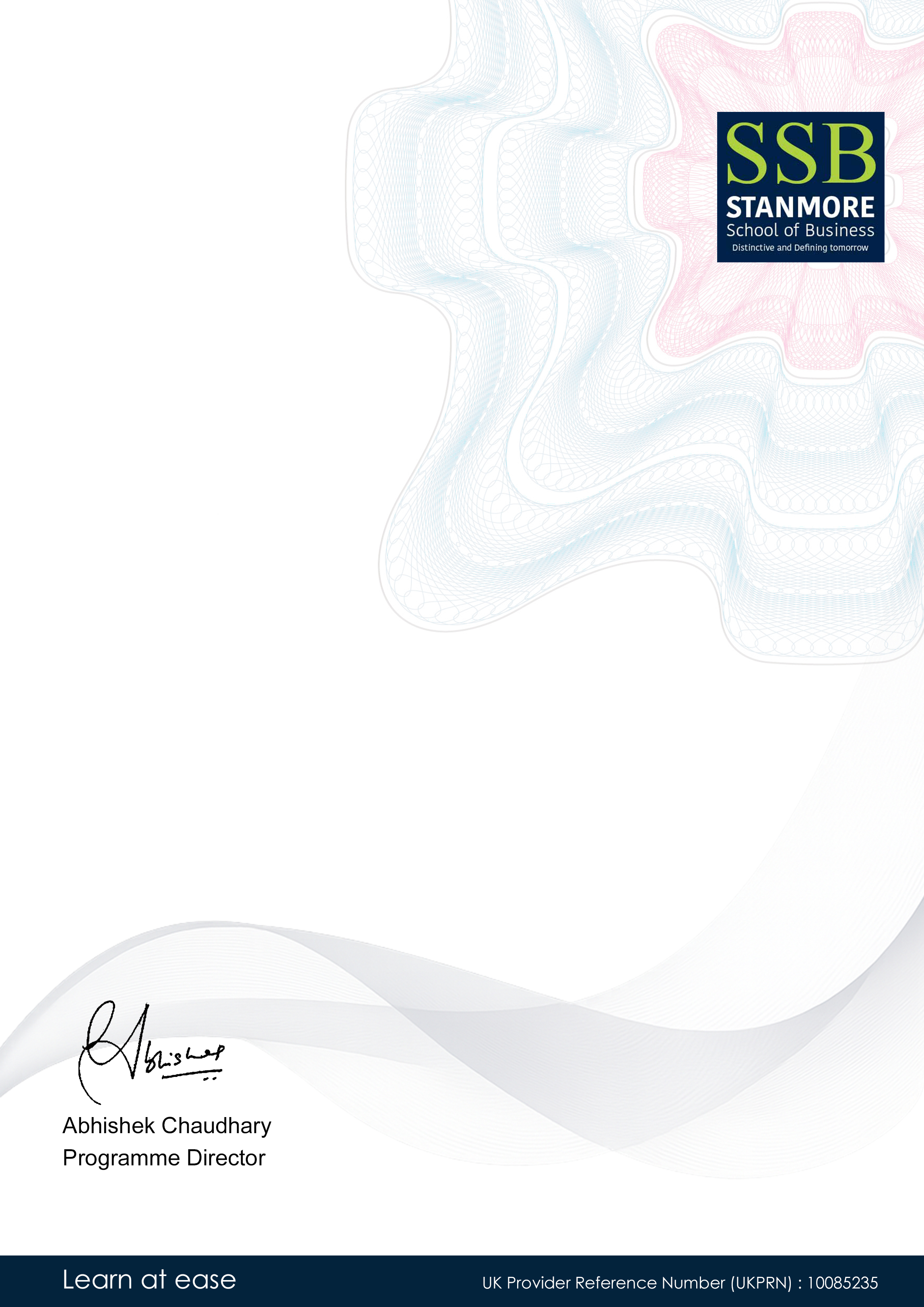Course details
Loading...
Generating course details...
## Essential Units for Professional Certificate in Cosplay Wig Design
**Introduction:**
The Professional Certificate in Cosplay Wig Design is a comprehensive program designed to equip aspiring wig artists with the necessary skills and knowledge to create professional-quality cosplay wigs. This certificate program covers a wide range of essential units, each playing a crucial role in the construction and styling of a perfect cosplay wig.
**Unit 1: Wig Formwork**
• • A sturdy and well-fitting formwork is essential for holding the wig in place and ensuring a clean finish.
• • It can be made from various materials such as foam, fiberglass, or wood.
• • The formwork should be tailored to the specific wig design and have adjustable straps for comfort.
**Unit 2: Wig Base**
• • A strong and durable wig base is the foundation of the wig.
• • It provides structural integrity and allows for shaping and padding.
• • Common materials include foam, neoprene, and wire mesh.
**Unit 3: Wig Cap**
• • The wig cap is the outer shell that covers the wig base and provides a smooth surface for styling.
• • It can be made from various materials such as lace, satin, or synthetic fibers.
• • The cap should be tailored to fit the head shape and have adjustable straps for comfort.
**Unit 4: Wig Body**
• • The wig body is the central part of the wig that contains the hair and fibers.
• • It can be made from various materials such as synthetic fibers, human hair, or a combination of both.
• • The body should be properly secured and have a consistent construction.
**Unit 5: Hair and Fiber Placement**
• • The hair and fibers used in a cosplay wig should be carefully placed and secured to ensure a natural and realistic look.
• • This involves techniques such as braiding, weaving, and sewing.
• • The placement of hair and fibers should be consistent with the hairstyle and character design.
**Unit 6: Wig Styling Tools**
• • A variety of tools are used for styling and shaping the wig, including combs, brushes, clips, and heat styling equipment.
• • These tools should be chosen based on the wig design and desired hairstyle.
• • Proper handling and use of styling tools are essential for achieving a professional look.
**Unit 7: Wig Finishing**
• • Once the wig is constructed, it needs to be finished to achieve a professional look.
• • This may involve heat styling, painting, or adding embellishments.
• • Proper finishing techniques ensure durability and prevent damage to the wig.
**Unit 8: Wig Care and Maintenance**
• • Cosplay wigs require proper care and maintenance to ensure their longevity and beauty.
• • This includes cleaning, conditioning, and storing the wig correctly.
• • Knowledge of wig care and maintenance is essential for long-term use.
**Unit 9: Wig Design Principles**
• • Understanding basic wig design principles, such as symmetry, proportion, and balance, is crucial for creating a cohesive and aesthetically pleasing wig.
• • These principles can be applied to both the formwork and the hair placement.
• • Knowledge of wig design principles enhances the overall quality and artistry of the wig.
**Unit 10: Portfolio and Professional Development**
• • A strong portfolio showcasing the student's skills and progress is essential for potential employers or clients.
• • Participating in workshops, seminars, and other professional development opportunities can enhance the student's skills and knowledge.
• • These activities provide opportunities to network with other professionals in the cosplay industry.

